Tokyo Tech Bulletin is an email newsletter introducing Tokyo Tech's research, education, and students' activities. The latest edition, "Tokyo Tech Bulletin No. 69", has been published.
To get the most recent news from the Institute directly to your inbox, subscribe to Tokyo Tech Bulletin outer now.
SPECIAL TOPICS
Stories born from the space between fantasy and reality

Hebizo, manga creater, and Yoshimi Takuwa, lecturer have teamed up as manga artist and editorial supervisor to create works that interweave unique fantasy and real knowledge. How do these creators use their respective expertise to produce stories that resonate with a wide readership?
Future innovations and innovators to restore Japan's lead in the semiconductor industry
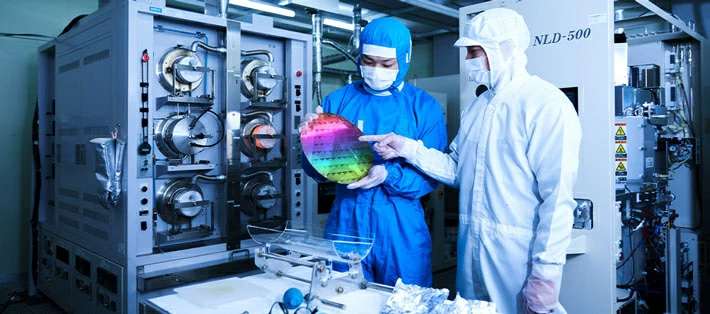
Semiconductors are the foundation of industries that underpin digital society, such as 5G, IoT, big data, autonomous driving, and smart cities. How can Japan, which led the semiconductor industry in decades previous, regain its standing? How can researchers make use of their knowledge to tackle the industry's revival as well as global issues?
Journey towards a brighter society - DLab dialog for the future: Paving your way into the future

DLab's future scenario No. 22 depicts a society in which "human beings achieve global symbiosis with a full understanding of the Earth's ecosystem and natural phenomena". Four experts working in different fields talked the way in which we could wander into our future by discussing topics such as "the future you want to create", "your ideal self image", and "how to respond when you are lost in life".
Research
New Multi-Policy-Based Annealer for Solving Real-World Combinatorial Optimization Problems
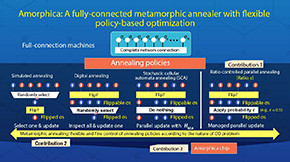
A fully-connected annealer extendable to a multi-chip system and featuring a multi-policy mechanism has been designed by Tokyo Tech researchers to solve a broad class of combinatorial optimization (CO) problems relevant to real-world scenarios quickly and efficiently.
Could a Naturally Occurring Amino Acid Lead Us to a Cure for COVID-19?

New insights gained by scientists at Tokyo Tech have clarified the relationship between ACE2, ALA, and the production of heme, which could pave the way to anti-viral drugs to cure COVID-19.
Breakthrough in Tin-Vacancy Centers for Quantum Network Applications
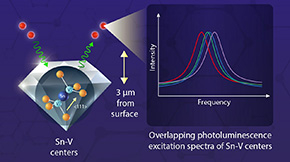
Tin-vacancy (Sn-V) centers in diamond have the potential to function as quantum nodes in quantum networks to transmit information. However, they pose limitations while showing optical properties to generate quantum entanglement. Tokyo Tech researchers have now overcome this challenge.
CycPeptMPDB: A Database Aimed at Promoting Drug Design Using Cyclic Peptides (4/5)
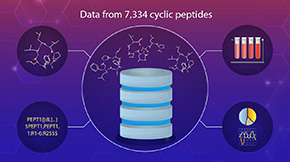
CycPeptMPDB, a novel database--created by Tokyo Tech researchers--focused on the membrane permeability of cyclic peptides, could accelerate the development of drugs based on these promising compounds. Thanks to its search and visualization capabilities, CycPeptMPDB could pave the way to new computational and machine learning methods for screening and designing drugs with cyclic peptides.
An Improved, Visible Light-Harvesting Catalyst to Speed Up Reactions
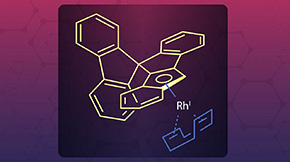
Visible-light-driven single transition metal catalysts are ideal for photoreactions. Their potential has finally been fully harnessed by researchers from Tokyo Tech, who developed a catalyst with reduced substrate dependence and increased visible light-harvesting ability.
Pressure-Based Control Enables Tunable Singlet Fission Materials for Efficient Photoconversion
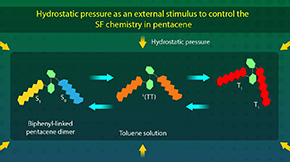
Applying hydrostatic pressure as an external stimulus, Tokyo Tech and Keio University researchers demonstrate a new way to regulate singlet fission (SF), a process in which two electrons are generated from a single photon, in chromophores, opening doors to the design of SF-based materials with enhanced (photo)energy conversion.
Penguin Physics: Understanding the Mechanisms of Underwater Turning Maneuvers in Penguins

Penguins generate centripetal force when turning by pointing their belly inwards and moving their wings asymmetrically, as shown by scientists at Tokyo Tech. Their findings shed light on the previously unknown mechanisms that these birds rely on to perform their underwater turns by a single wingbeat, paving the way to a more comprehensive knowledge of their swimming maneuvers.
Helpful disturbance: how non-linear dynamics can augment edge sensor time series
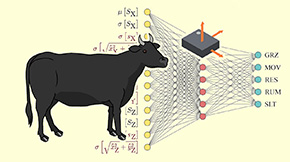
Engineers at Tokyo Tech have demonstrated a simple computational approach for supporting the classification performance of neural networks operating on sensor time series. The proposed technique involves feeding the recorded signal as an external forcing into an elementary non-linear dynamical system, and providing its temporal responses to this disturbance to the neural network alongside the original data.
The genetics of temperature adaptation: how does life thrive in extreme conditions?
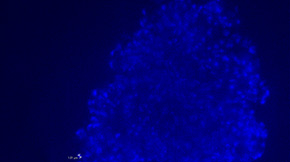
A comparison of the genomes of methane-producing microorganisms (i.e., methanogens), reveals that temperature adaptation might not be genomically encoded, but rather enforced through protein regulation and finer scale adaptations in amino acids.
In the spotlight
. Any information published on this site will be valid in relation to Science Tokyo.














